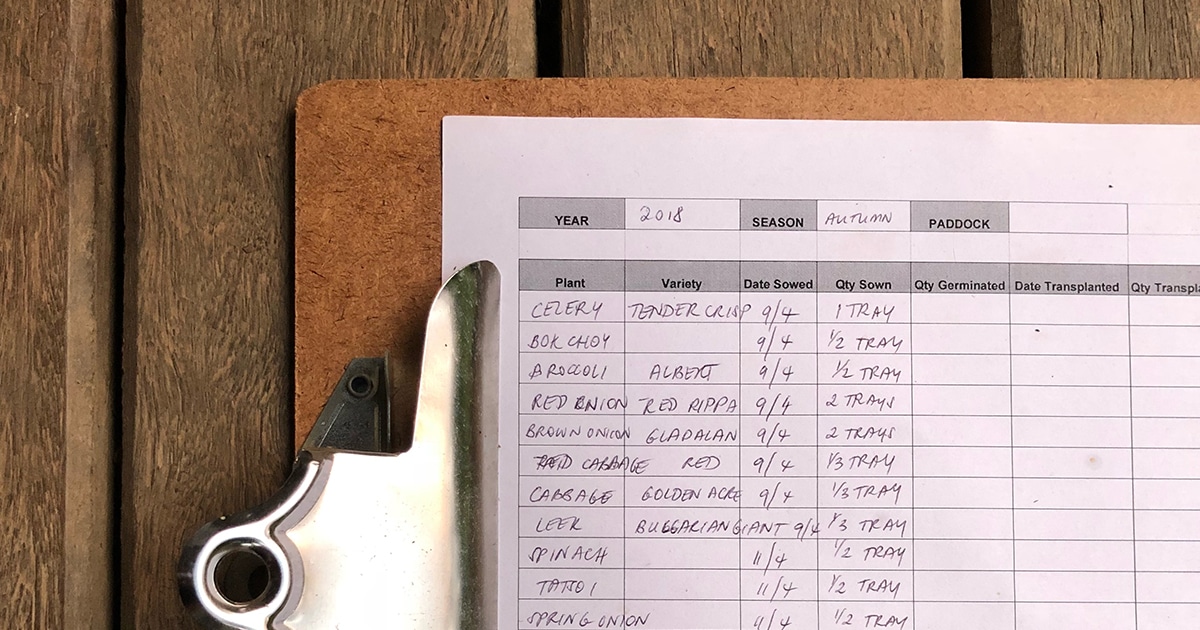Communications in the church world can be hard and frustrating — even for the best communication strategists!
You may be the best orator in the world, but week after week, it still seems there are lackluster responses to your sermons.
Your team sent multiple emails and printed tons of flyers and yet, half the parents missed the deposit due date for camp.
Your creative team spent tons of hours creating that awesome video and flyer for your volunteer push, only to have the same results: not many people signing up for the areas where you need people the most.
All of this can be tiring and disheartening, and over time, might even affect your heart towards people! “Why don’t people seem to care about being involved with the church?” Well before you throw in the towel on mankind, let’s look at a few ways to help people say “yes” quicker and respond to your call-to-action.
FIRST – In your communication, identify what your audience really wants.
In church, it can be easy to just assume people want to be more like Jesus! While most people are showing up because deep down they believe church will be a benefit to them and their family, that doesn’t mean every person understands a life of sacrifice and love.
So before communicating, the first step is to identify the biggest thing your audience wants in relation to what you are asking them to do.
For a sermon on forgiving, people generally want greater peace and happiness in their life.
For camp, parents generally want positive opportunities and events for their kids during the summer.
For a volunteer push, people generally want their church to be a great place to show up to week after week.
When you identify what people want in relation to what you are asking them to do, think in terms of basic human desires. It can be easy to get complex here, but what humans really want is to have a better life, to be happy, and for their kids to turn out okay.
SECOND – In your communication, identify what is keeping your audience from getting what they want.
For the sermon on forgiveness, it’s usually people in their past.
For the camp parent, they need more positive opportunities for their kids during the summer.
For the volunteer push, it’s time commitment.
When you figure this out, you are anticipating the biggest obstacle your audience has to keep them from saying “yes” to your call-to-action.
THIRD – In your communication, identify how the obstacles that are keeping your audience from getting what they want make them feel.
This is a huge step because it helps your audience know that you understand them. EMPATHY helps build trust.
For the sermon on forgiveness, people feel stuck, angry, and hurt.
For the camp parent, they feel concerned for their kids.
For the volunteer push, they love their church and hope others end up loving it too.
Empathy language is really what moves people to action. I don’t forgive because I’m commanded to forgive (I do believe obedience is important!). I forgive because I hate the weight it’s putting on my life. It feels terrible to live in bitterness.
I don’t send my kid to camp because camp is great and I love writing a big check. I send my kid because I’m concerned for their development and growth, and I need them to have something to do besides playing video games all summer.
I don’t volunteer because I love all the extra time it takes. I volunteer because I love my church and hope others end up loving it too.
FOURTH – In your communication, give a clear path to success.
Many churches spend tons of time communicating why a person should do what they are asking them to do, but then they fall short on giving them a plan to respond. They either make it super vague and unclear on what to do, or they give 47 different options (tear off this card, go to the back, go to the website, talk to this person, go to this class, text this number, etc.). Too many options are confusing and end up paralyzing the audience.
Most people know that ultimately, they need to go talk to someone or contact the lead person, but unless we paint a picture of how easy the process to success is, it becomes difficult for people to say yes. They become fearful of what is on the other side of the “contact” button. To overcome the fear, paint a clear and simple picture on how easy it can be if they say yes.
There is science behind the number 3 that causes conversion rates to increase dramatically. A 4-step process is okay, but at 5 steps, responsiveness decreases dramatically. Keep in mind that any one step might have 5 steps involved with it, but you are summarizing the process to make it easy for your audience to respond.
When appropriate, it’s important to let people know how easy the process will be (Obviously, when talking about forgiveness, it’s not an easy process).
Examples:
Your next steps to forgiveness: 1- Tell God your pain. 2- Recognize ongoing feelings of resentment. 3- Go back to God with your pain. 4- Repeat steps 1- 3 as needed.
Sending your kid to summer camp is easy: 1- Go to our website. 2- Register. 3- Your kid has a great time at camp!
Volunteering with us is easy: 1- Fill out Volunteer Form. 2- We will contact you to figure out your best fit. 3- Join an incredible team of leaders!
It’s as easy as 1, 2, 3!
FIFTH – In your communication, make your call-to-action clear.
After you give them the plan above, be sure to give ONE CLEAR call-to-action. Many churches are unclear with their calls-to-action by using vague language like “get started.” Make it very clear what success looks like with direct language. If it fits, time language like “today” or “now” helps create an urgency to respond.
For the forgiveness sermon: “Forgive Today” or “Pray with someone now.”
For camp sign-up: “Register Today” or “ Sign-up Now.”
For your volunteer push: “Fill Out Form” or “Volunteer Today.”
Making it super clear what success looks like dramatically improves people’s response rate.
Graphically, make these calls-to-action stand out on your website with a brightly colored button. Verbally make these calls-to-action stand out by saying them from the weekend stage.
These 5 things will help the responsiveness rate when communicating to your people. And remember, people need grace! There is no perfect way to connect and communicate with human beings who are complicated and have lots of things going on in their lives. But we can do better!





